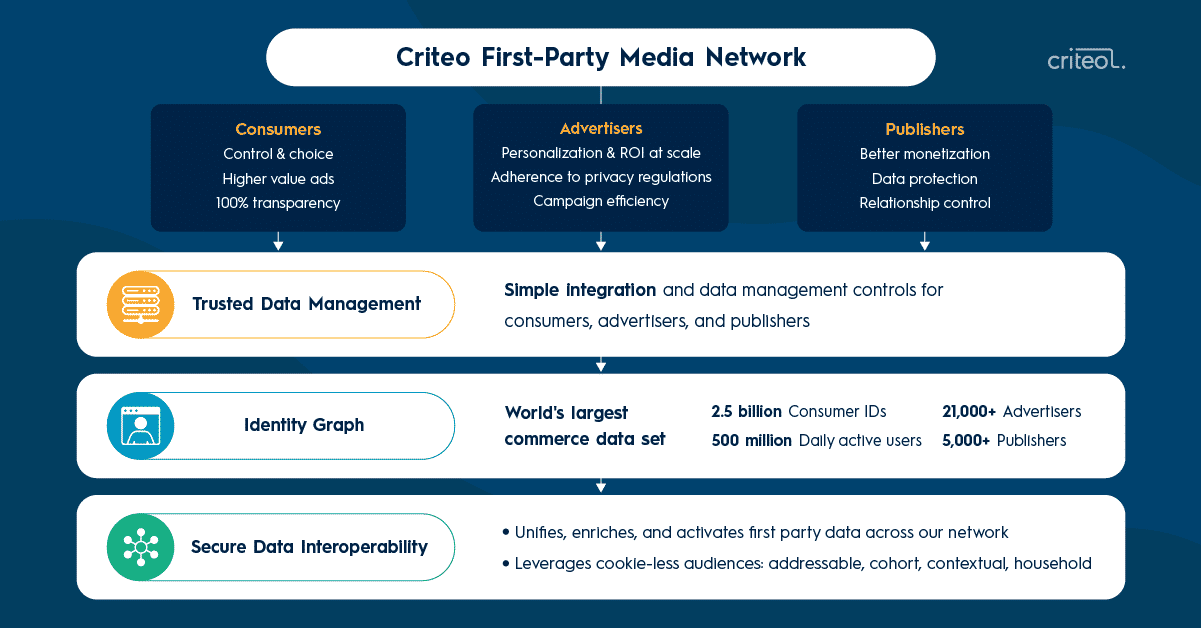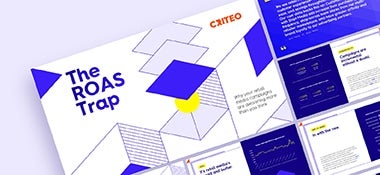If you felt a sense of déjà vu last week, you weren’t alone. Google took us back to January 2020 with its latest blog post, reinforcing third-party cookies are being phased out and confirming they would not be creating an alternative identifier to track individuals across the web – nor use any such identifier within their products once third-party cookies are removed. In simpler terms, this means Google will stop providing one-to-one personalized advertising outside of their owned and operated properties. Although this was perceived as big news, it’s in line with what Google has been telling the industry for well over a year and doesn’t impact our momentum to preserve privacy-safe advertising in the rest of our ecosystem. In fact, it could accelerate such efforts across the open Internet.
Google goes on to reiterate their post-cookie solutions outside of their properties will be entirely cohort-based, such as FLEDGE and FLoC (Federated Learning of Cohorts), as presented in its Privacy Sandbox. And while cohort advertising will be one of several key solutions for cookie-less advertising, it doesn’t change the fact that Google will still be pursuing targeted advertising within — and across — their own properties, using its own first-party data.
While this makes the walls even higher inside Google’s own garden, it opens an attractive opportunity for the ad ecosystem to innovate on personalized advertising solutions for the open Internet that rebalance the value exchange for consumers, advertisers and publishers. And that’s exactly what we’ve been working towards at Criteo.
First-party data is the key to the new advertising paradigm
Perhaps the most important takeaway from Google’s post is that first-party data will be king in the cookie-less world. In that vein, this latest news does not in any way change or impact Criteo’s strategy or roadmap. In fact, it greatly reinforces our company mission and product vision and brings into focus the importance of first–party data assets, on which we’ve been privileged to operate. Criteo is well on its way to creating a new network for permission-based advertising on the open Internet, grounded in first-party data, which consumers entrust to publishers and brands. We have been future-proofing our solutions for advertisers, publishers and the consumers they serve by enabling the connection and activation of first-party data in transparent, privacy-safe ways.
Here is a simple illustration of our approach, which we call the Criteo First-Party Media Network:

Above all, we know that consumers want control, choice, transparency and higher value advertising. We also know that advertisers need ROI through personalization that scales while adhering to permissions granted by consumers. And we know that publishers need better monetization through first-party data protection and improved control over their direct relationships with consumers. The aim of the First-Party Media Network is to fulfill each of these needs, balancing the value exchange between stakeholders through trusted first-party data management.
This would be an impossible feat without Criteo’s incredible scale of direct first-party data relationships with commerce marketers and publishers across the globe. As we provide value to both groups, they let us serve in the privileged position of “data steward”, helping to protect, monitor and activate opted-in, first-party data across our network. It is this position that enables cookie-less targeting and retargeting across our commerce media ecosystem.
Our data steward role also enables us to support alternative identity solutions that operate on first-party data, whether open source like The Trade Desk’s Unified ID 2.0, or proprietary like LiveRamp’s IdentityLink. For the benefit of our entire ecosystem, we are creating a single sign-on solution that will provide consumers with control over how their data is used and enable these identifiers to help power seamless personalization across the open Internet.
To make this system work, we know that advertisers and publishers need to be able to enrich and grow their access to first-party data while making it portable across media used to deliver personalized advertising. To do so, they can use our Shopper Graph to connect first-party data across Criteo’s network of 21K advertisers and 5K publishers. On top of these connections, both can create and activate cookie-less audiences, including addressable, cohort, contextual and household.
Building the next chapter of personalized advertising
There is no question that companies who enable publishers and advertisers to safeguard consumer rights while connecting first-party data on both the buy and sell side are going to define the next chapter of personalized advertising. We feel privileged to be one of the few true platforms with significant assets on both sides of the ecosystem to provide these connections and operate them at scale.
As a guiding principle, we support all transparent initiatives that make advertising work better for everyone involved — consumers, marketers, publishers and the entire ecosystem. We’ll continue to grow our First-Party Media Network and invest in the evolution of advertising beyond third-party cookies through open-source alternatives such as single sign-on and UID 2.0, on top of being a leading voice in the Privacy Sandbox. With such a future ahead of all of us, don’t expect any more déjà vu.
Read on for more Criteo insights on how the future of advertising could look in a cookie-less world.




















